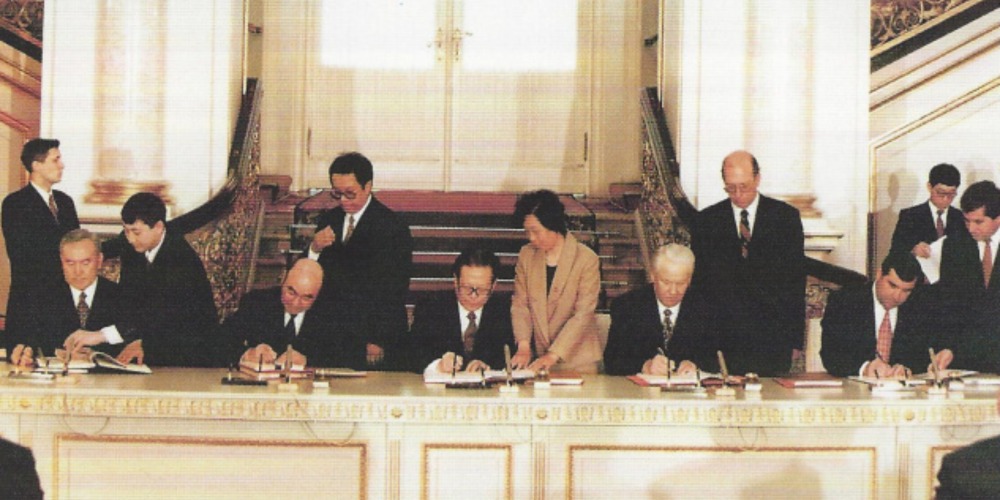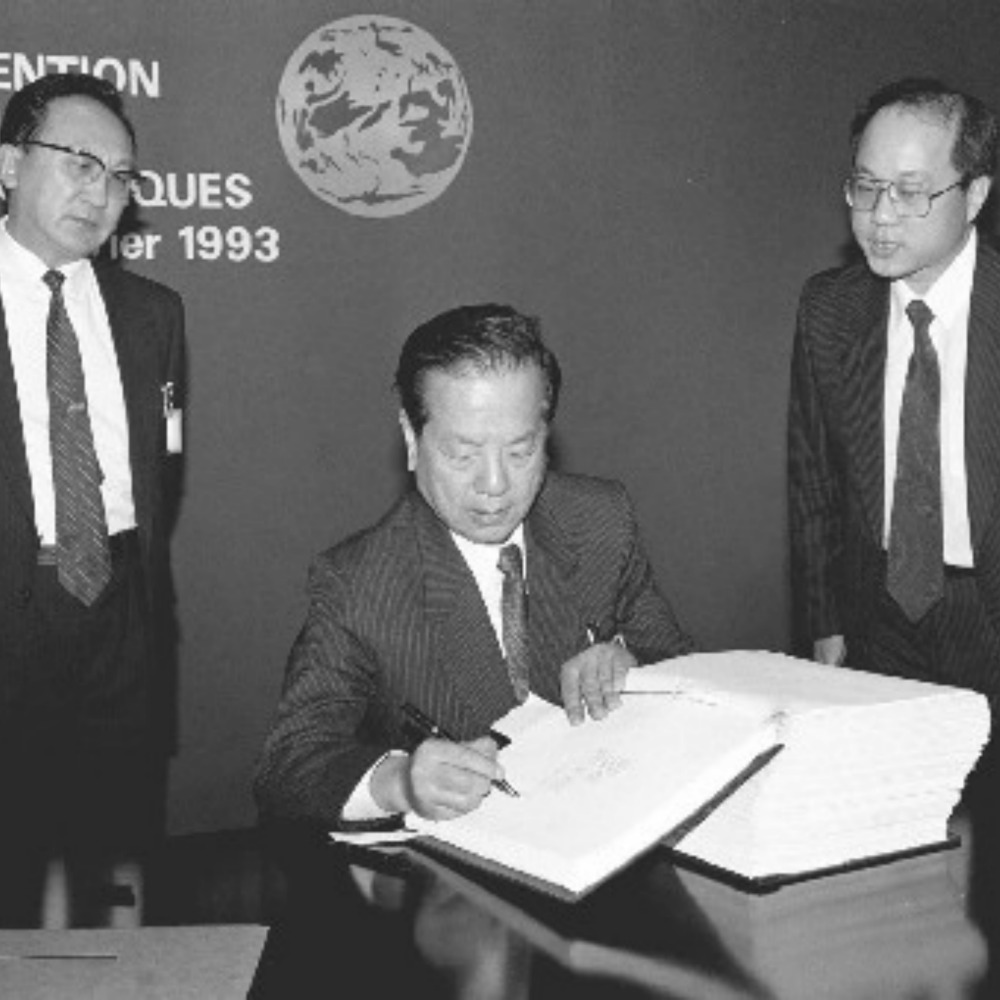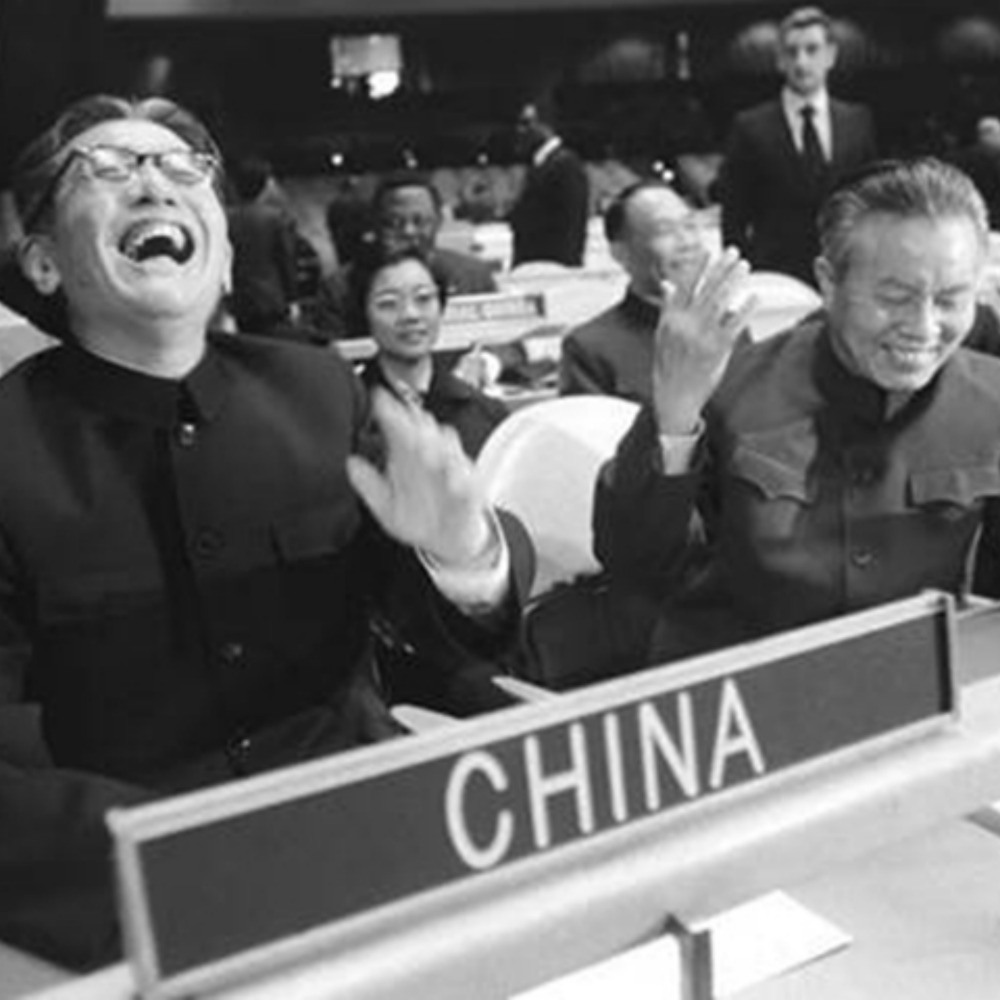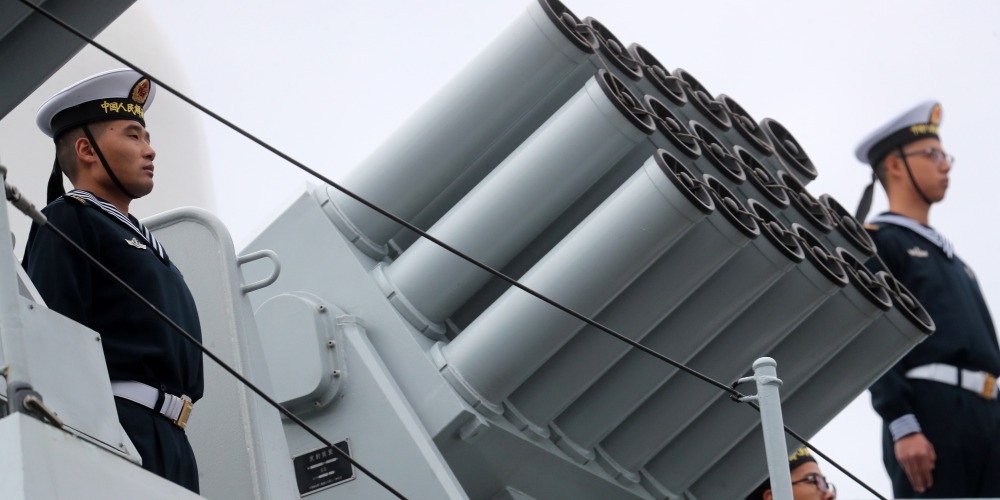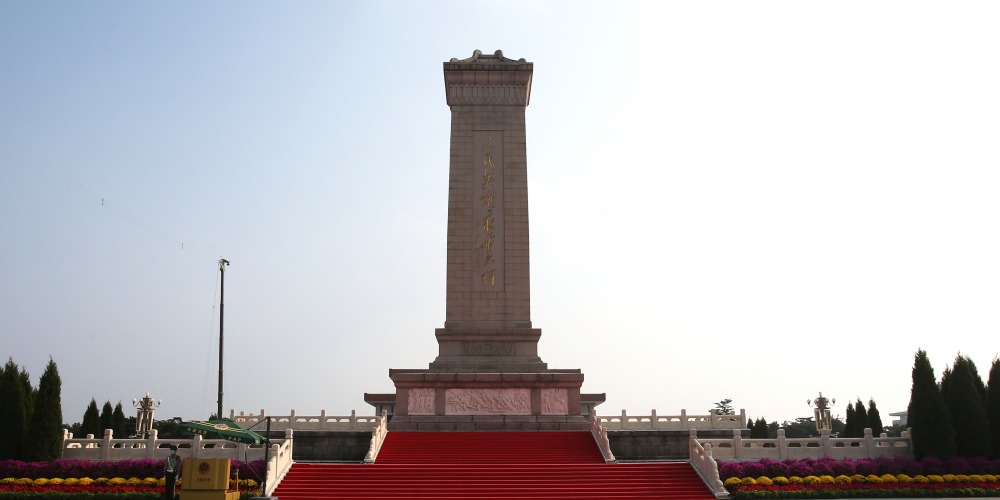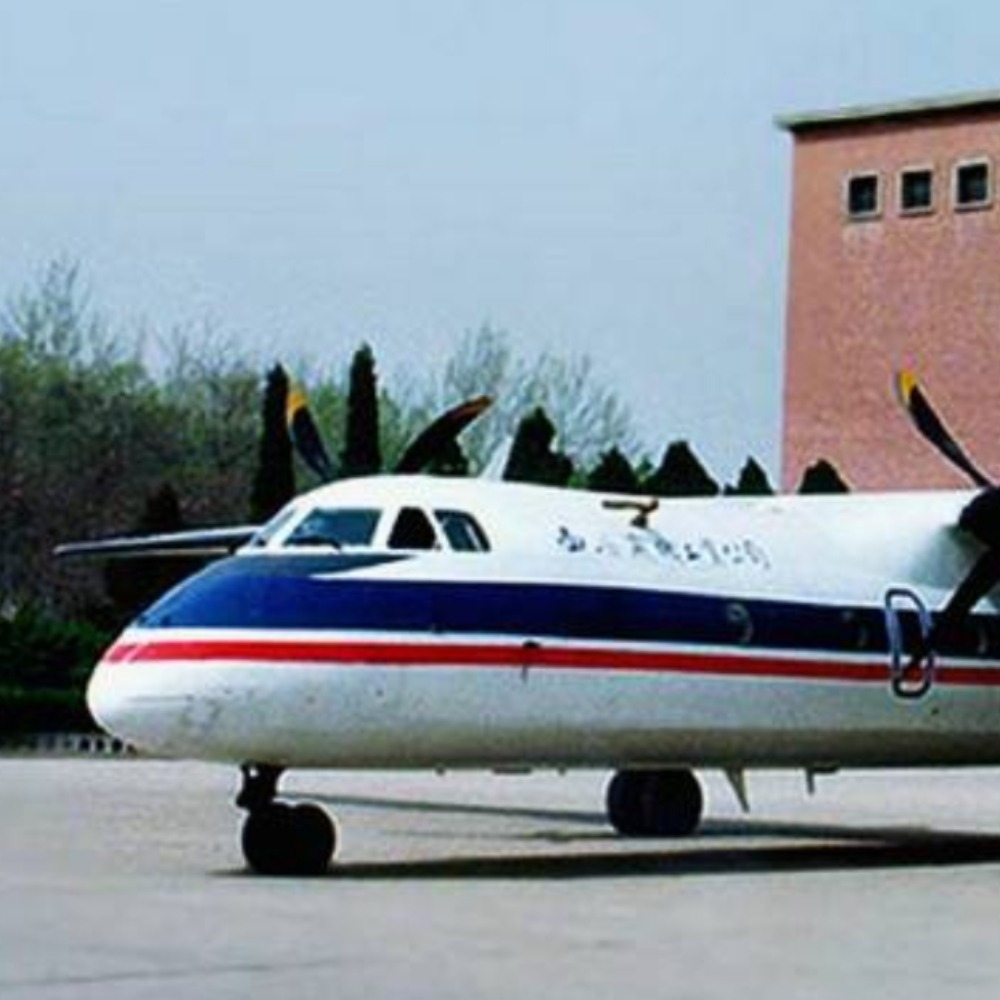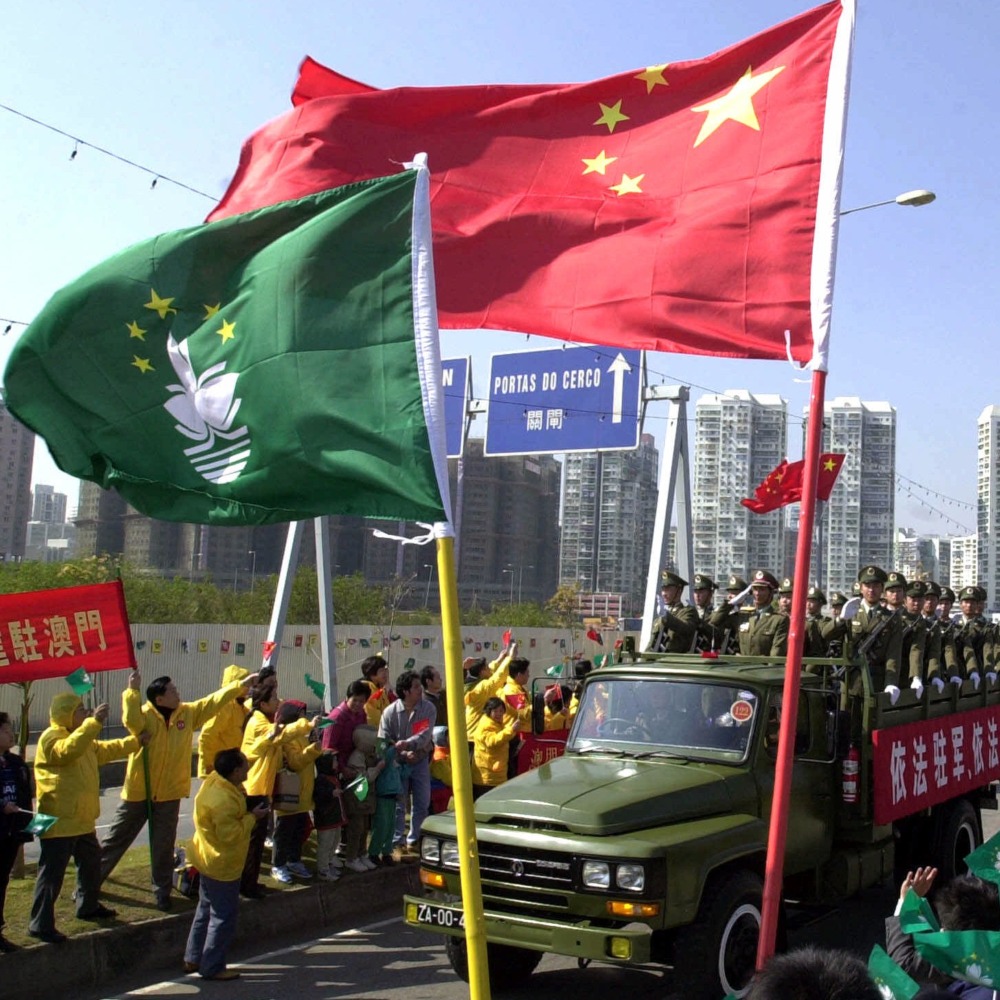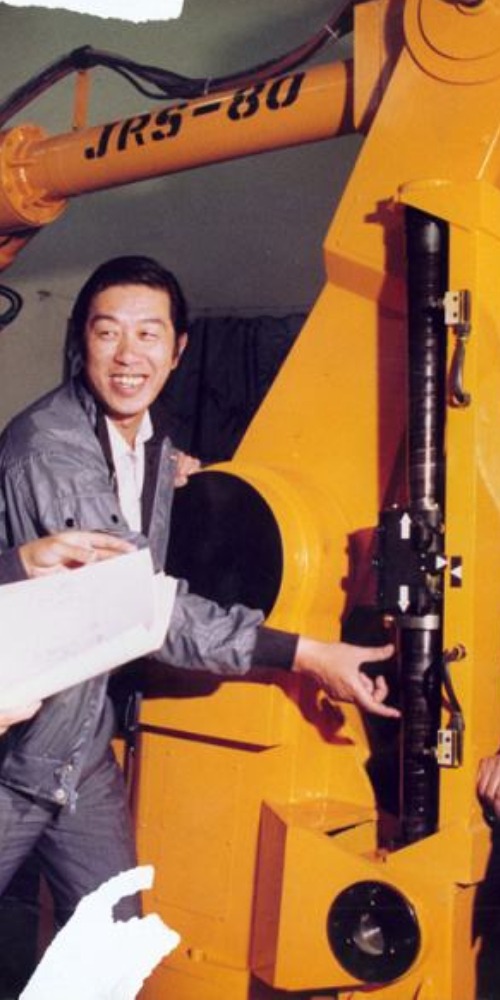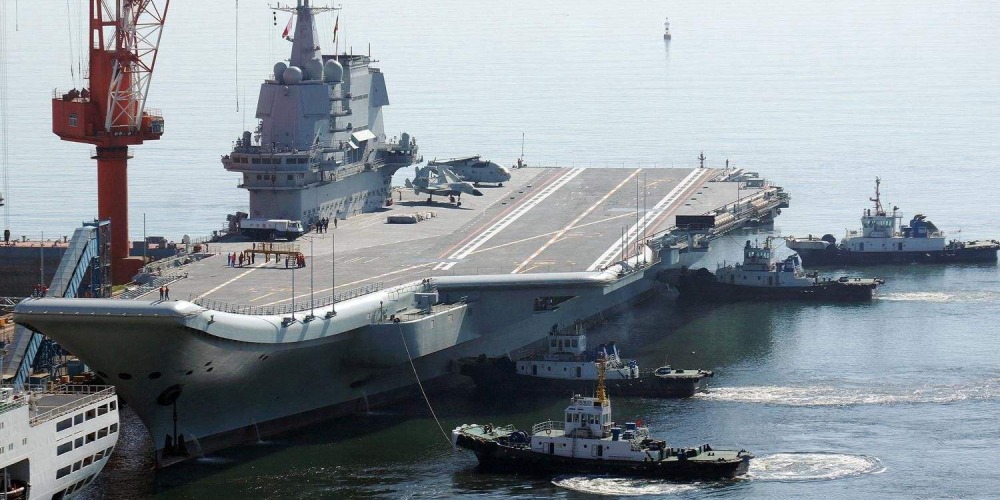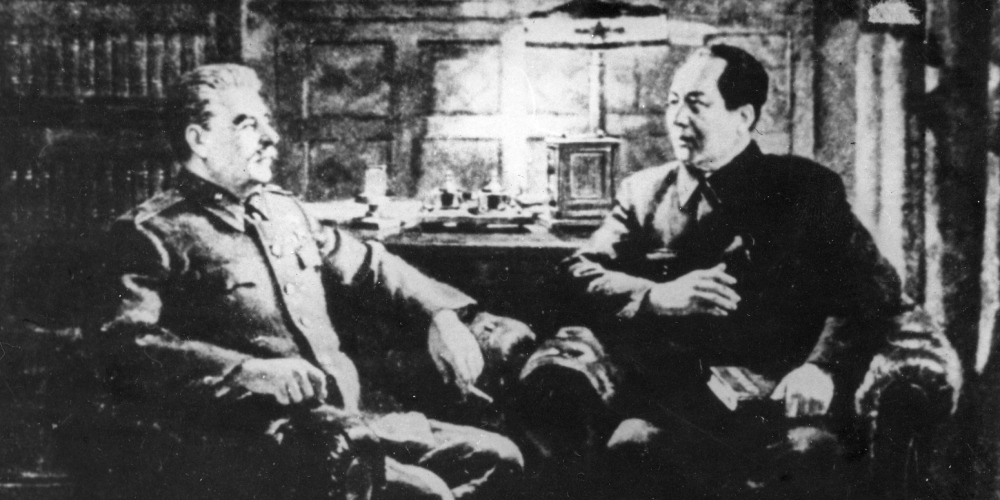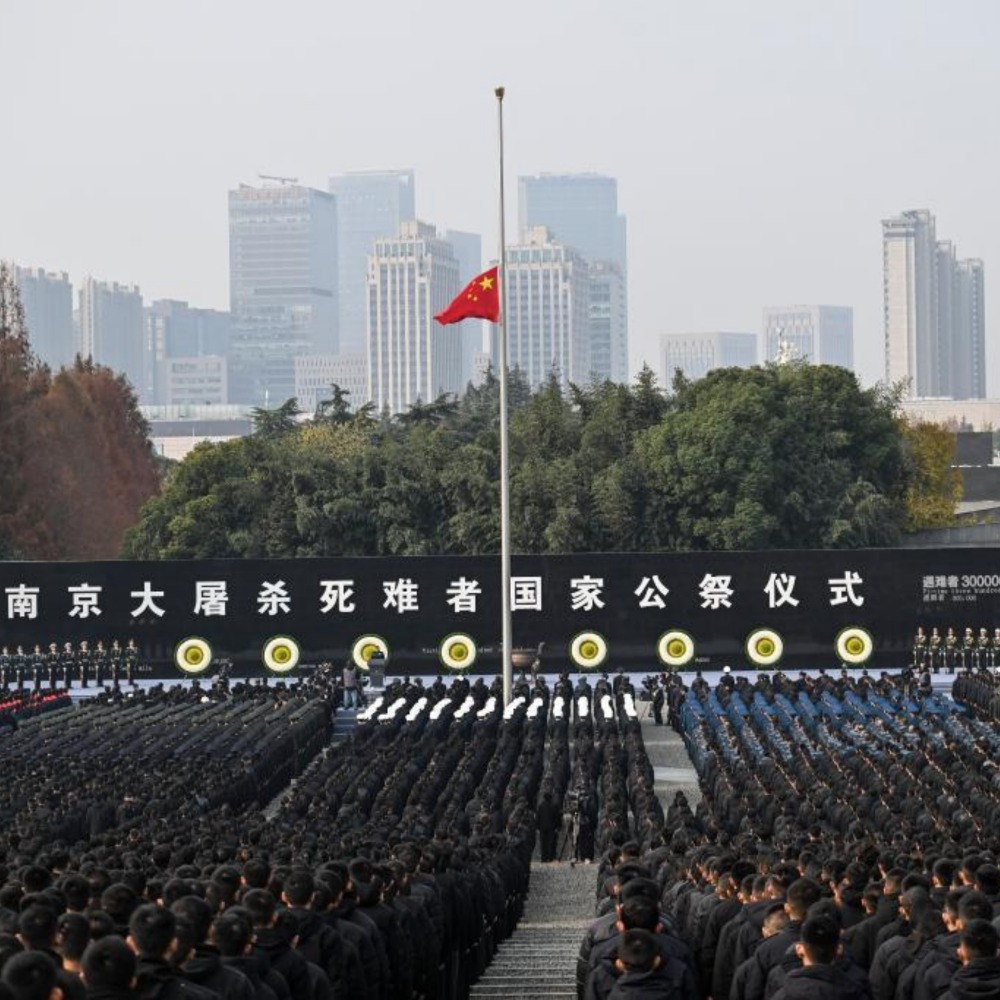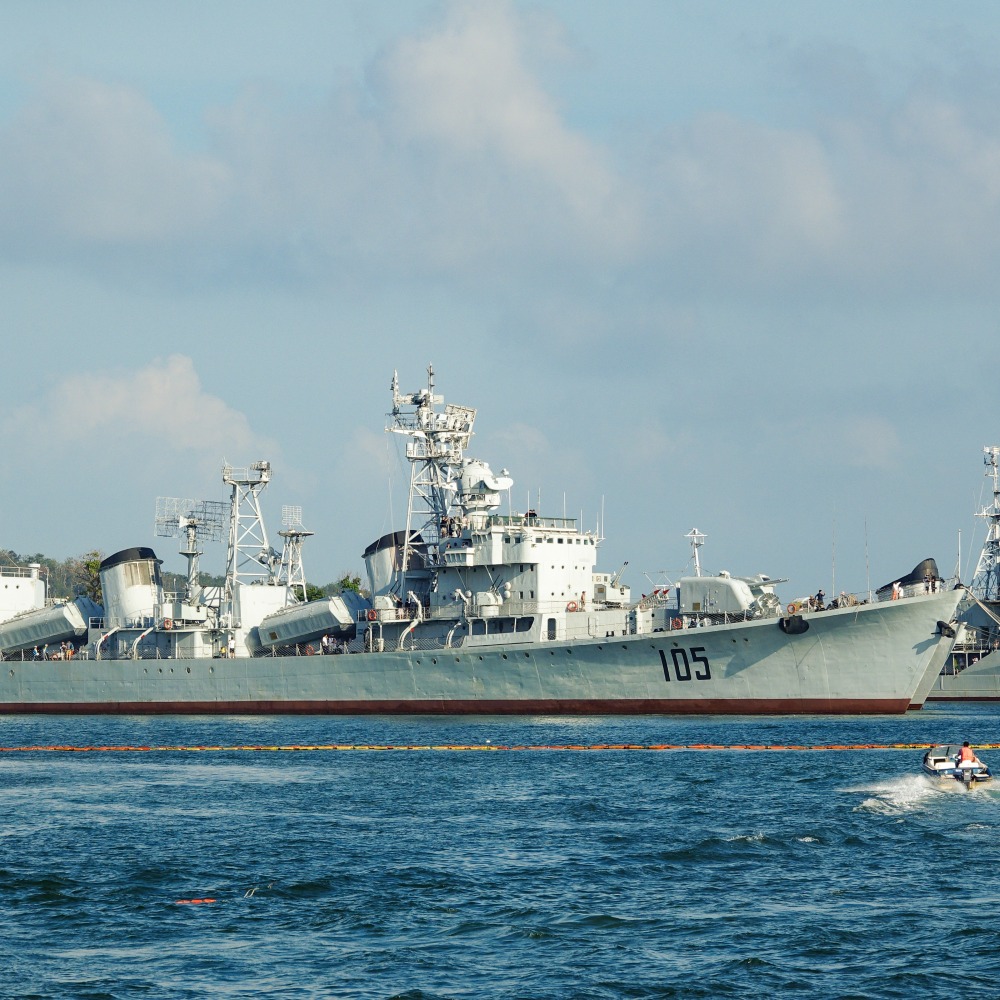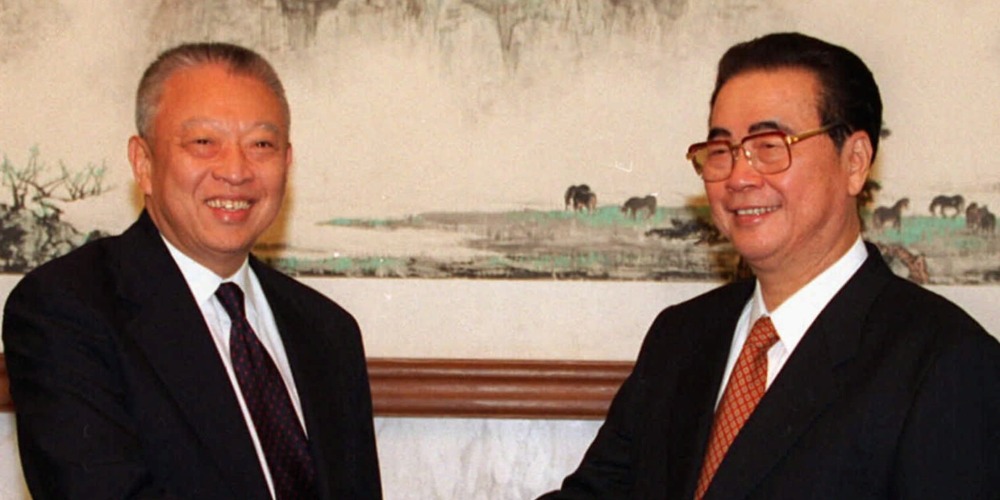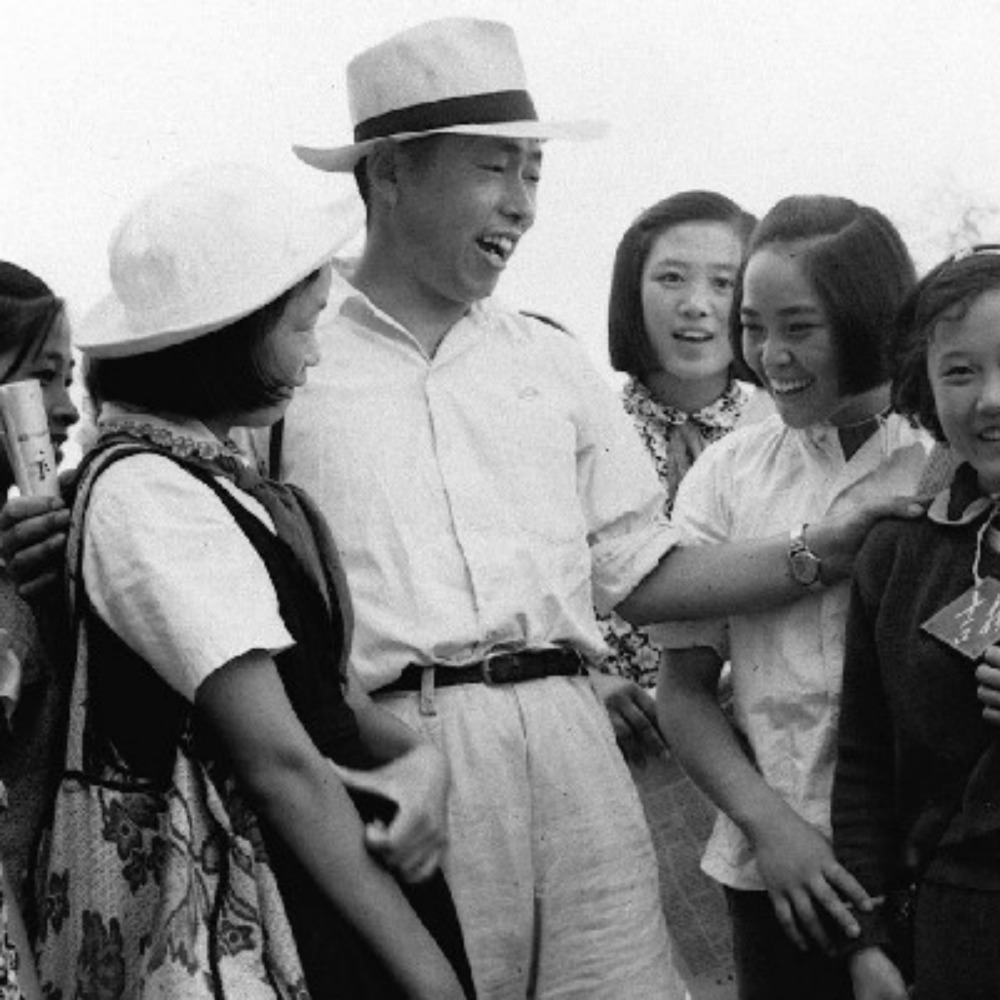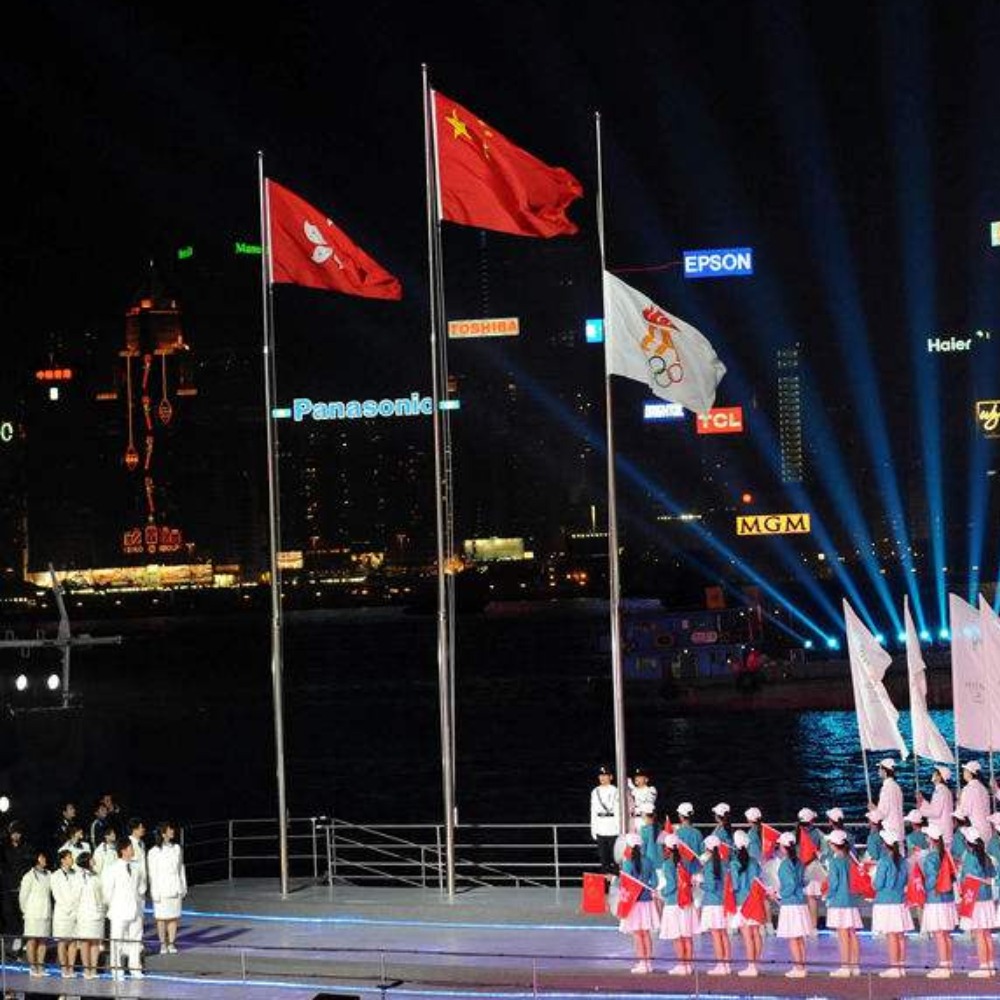Published : 2025-04-24
On April 24, 1997, then Chinese President Jiang Zemin (江澤民), who was on a state visit to Russia, signed an agreement on mutual reduction of military forces in the border areas with Russian President Boris Yeltsin, Kazakh President Nursultan Nazarbayev, Kyrgyz President Askar Akayev, and Tajik President Emomali Rahmon at the Kremlin.
According to Shen Guofang (沈國放), Director-General of the Information Department of the Chinese Ministry of Foreign Affairs, who was part of the visiting delegation, the main content of this border disarmament agreement includes: China and Russia, Kazakhstan, Kyrgyzstan, and Tajikistan would reduce their military forces in the border areas to the minimum level compatible with good-neighbourly relations, making them purely defensive;
neither side will use force or threaten to use force, nor will they seek unilateral military superiority; the military forces deployed by both sides in the border areas will not attack each other;
there will be cuts and limitations on the number of personnel and major types of weaponry of ground forces, air forces, and air defence forces within a 100 km depth on both sides of the border, with a set maximum limit on what remains after the reductions;
the methods and deadlines for reductions will be determined; relevant information about military forces in the border areas will be exchanged; and the implementation of the agreement will be supervised, among other measures.
The agreement is in effect until December 31, 2020, but may be extended with mutual consent.
Within the 100 km range on each side of the border, which stretches over 7,000 km, the number of personnel for land, air, and air defence forces retained by each side after the reductions will not exceed 130,400.
The agreement explicitly states that it is not targeted at any third country or its interests, and there is no issue of forming a military alliance.
Negotiations between China and the four countries of Russia, Kazakhstan, Kyrgyzstan, and Tajikistan began in November 1989, initially held between China and the former Soviet Union.
The negotiations aimed to implement the agreements reached between the leaders of China and the Soviet Union in May 1989 for reducing military forces along the Sino-Soviet border to the minimum necessary to maintain normal good-neighbourly relations and to ensure tranquillity in the border areas.
On April 24, 1990, the governments of China and the Soviet Union signed the Agreement on the Guiding Principles for Mutual Reduction of Military Forces and Strengthening Military Trust in the Border Areas.
After the dissolution of the Soviet Union in December 1991, Russia, Kazakhstan, Kyrgyzstan, and Tajikistan formed a joint delegation to continue border disarmament negotiations with China.
